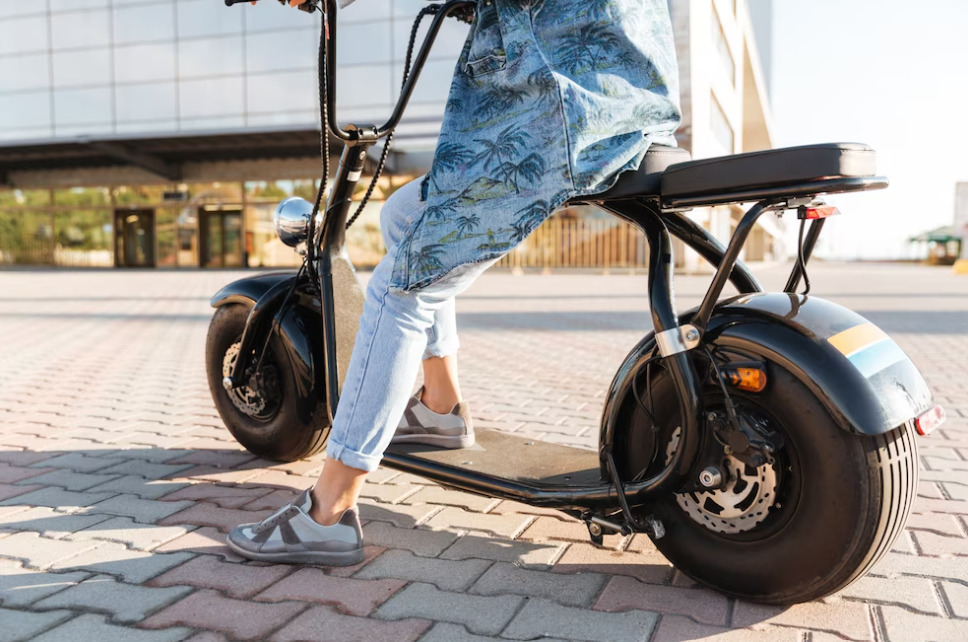Lithium Ion Battery: What You Need to Know?
A lithium-ion battery utilizes lithium-ions as the primary charge carrier and is a rechargeable battery. Their ability to offer a long cycle life gives them applicability to various automobiles. Their low self-discharge provides them with another significant quality over other rechargeable batteries.
Their optimal power and capacity make them a sensible choice for electric two-wheelers. These enable the optimal performance of the two-wheelers by providing them with a consistent power supply without the anomaly of self-discharge. A Lithium ion battery for scooty has a temperature tolerance, providing the additional safety factor required to operate the automobile seamlessly.
Evolution of Lithium Ion Batteries: Historical Perspective
The application of lithium-ion batteries began in the 1970s when various researchers worldwide began their experiments on lithium-based compounds to create rechargeable batteries. John Goodenough, an American chemist, developed a lithium-cobalt cathode in the 1980s that provided better results than previous models. This model of battery offered a higher energy density and stability. However, it was not suitable for automobile applications.
Akira Yoshino, a Japanese chemist, developed the first workable prototype in 1985 that derived the path for the modern lithium-ion batteries. This battery had a carbonaceous anode instead of lithium metal, providing an extra safety factor and making it more stable. Sony and Asahi Kasei’s team commercialised the design in 1991.
Tesla Roadster, released in 2008, was the first production electric vehicle to use a lithium-ion battery. Lithium-ion batteries have become a benchmark for electric vehicles since then. Their high energy density, long cycle life, and low maintenance requirements are also contributing factors.
As the demand for these batteries grows, researchers are working to improve their performance and reduce costs. The development of lithium-ion automobile batteries has been a great achievement in the field of electric vehicles. Due to these batteries, we can have electric vehicles with long cycles and shelf life. The demand for lithium-ion batteries in transportation tends to grow exponentially for their distinct benefits.
Lithium Ion Batteries-The Operational Framework
Electrochemical reactions are the underlying theory for the functioning of lithium-ion batteries for electric two-wheelers. The anode or the negative electrode of the battery is made of material that can reversibly intricate lithium ions. However, the cathode or the positive electrode is made of materials like lithium cobalt oxide, lithium manganese oxide, lithium iron phosphate, or lithium nickel manganese cobalt oxide.
When batteries get charged, ions use the electrolyte as the medium to move from the anode to the cathode. The electrolyte is a liquid or gel-like solution that enables the lithium-ions to move from the anode or cathode. When the battery gets discharged, the reverse process occurs, and the charges move back from the cathode to the anode, providing power to the two-wheeler automobile.
The following are some of the key factors that affect the performance of lithium-ion batteries for electric two-wheelers:
- Cathode material: It creates the battery’s energy density and power density. Lithium cobalt oxide (LCO) has the highest energy density, enabling the battery to perform optimally.
- Size of the battery: The amount of energy the battery can store is directly proportional to the size of the battery. However, there are pros and cons of having larger batteries.
- Depth of discharge: The percentage of the battery’s capacity used before it is recharged is the depth of discharge. The deeper the discharges, the lower the lifespan of the battery.
- Charging rate: A moderate rate of charging is beneficial for the vital components of it.
- Storage temperature: One must store lithium-ion batteries in a cool, dry place. High temperatures can adversely affect the battery.
Weighing The Distinct Advantages of Lithium Ion Batteries
The following are the advantages that make lithium-ion batteries a popular choice:-
- Higher Energy Density: These offer higher energy density than other batteries and can store more energy in smaller spaces. It favors electric two-wheelers and meets the requirements.
- Longer Lifespan: The lithium-ion batteries have a life span of 3-5 years, which is longer than most batteries. It facilitates a seamless functioning of an electric two-wheeler for a longer duration.
- Moderate Charging Pace: Lithium-ion batteries get charged at a pace that does not cause any damage to their essential components. It makes them convenient for everyday use.
- Low Maintenance: These are low-maintenance products and do not require additional input from people.
Concluding Remarks
Lithium-ion batteries are a popular choice for electric two-wheelers for their distinct attributes. With their evolved operational paradigm, they keep things in perspective. These offer multiple benefits that make them a sensible choice for electric two-wheelers. Lithium-ion batteries for scooty and lithium-ion batteries for e-bikes are more efficient choices. Likraft is the best platform for people willing to have a lithium-ion battery for electric two-wheelers.


